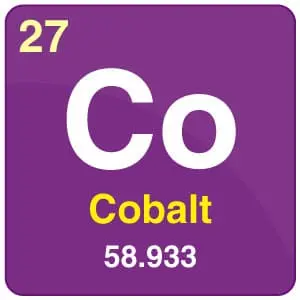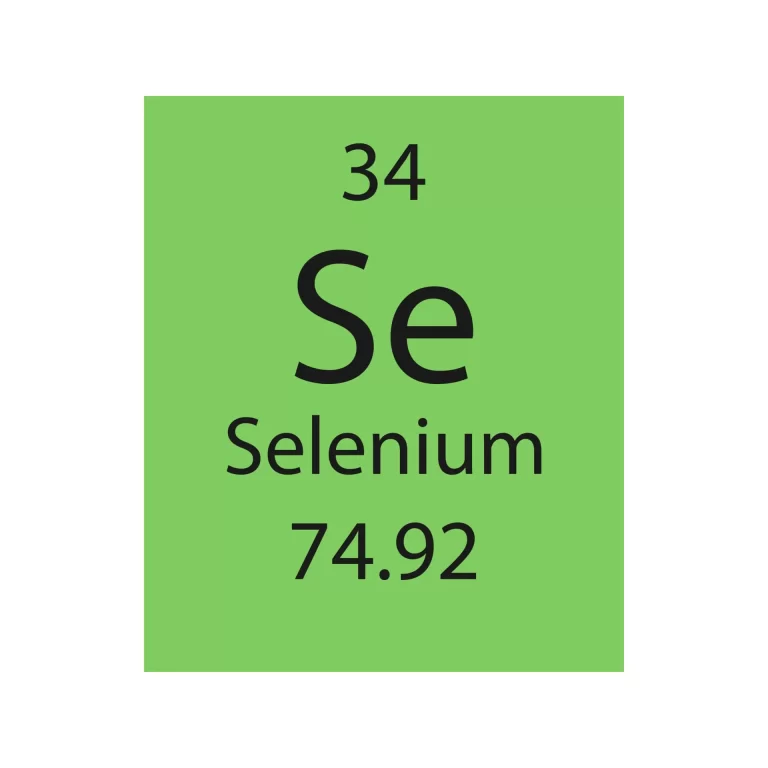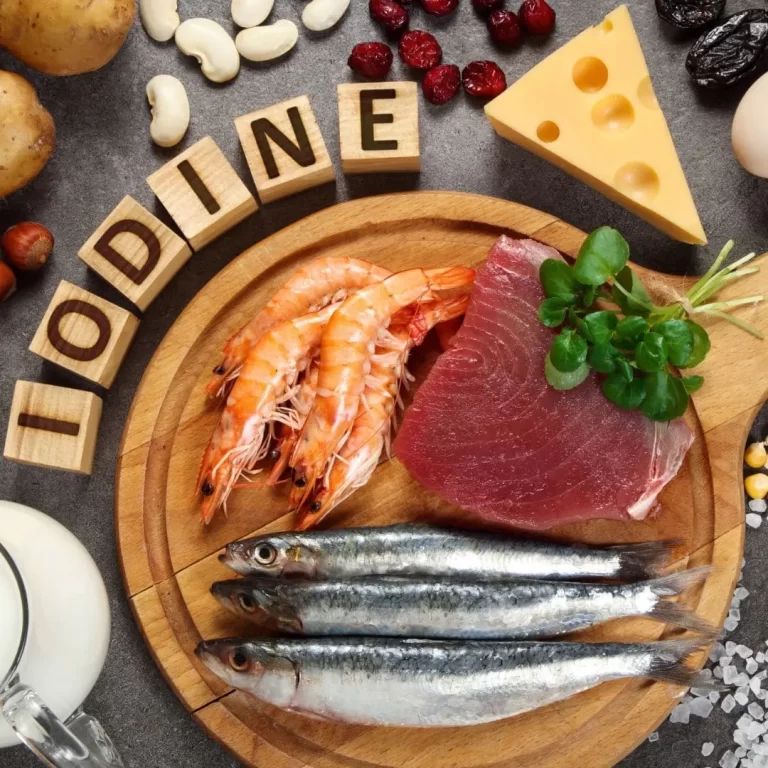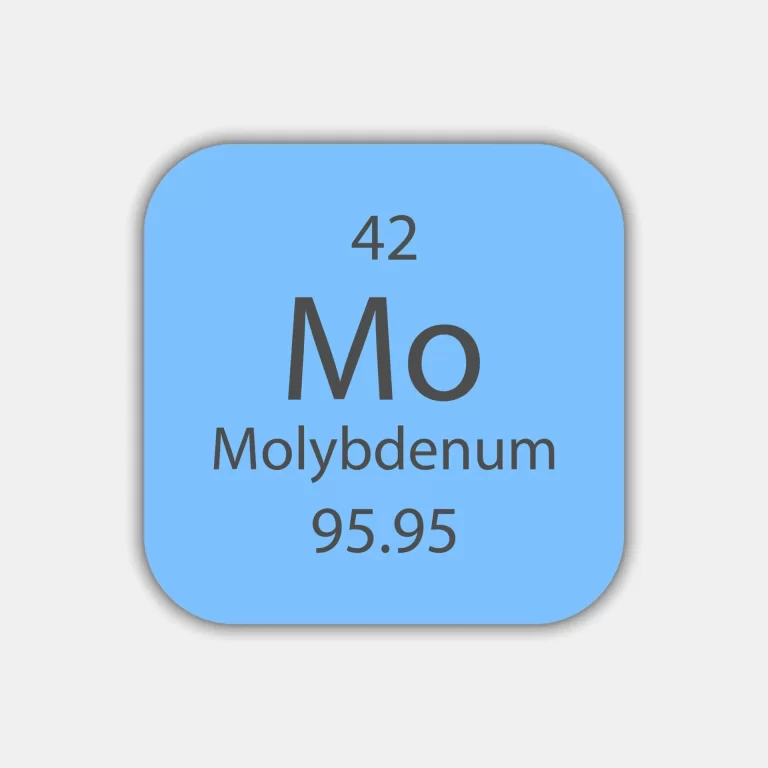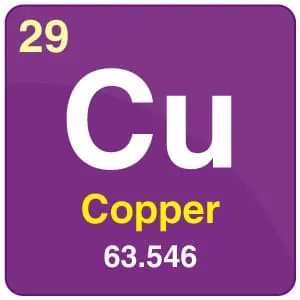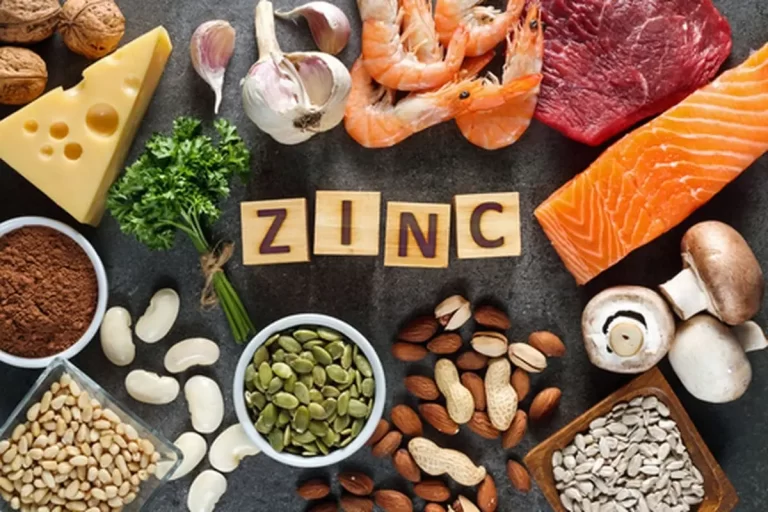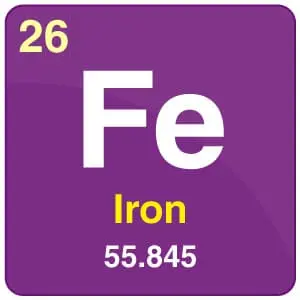Cobalt
What is Cobalt? Cobalt is an element in chemistry with the atomic number 27 and symbol Co. Except for trace amounts found in alloys of naturally occurring meteoric iron, cobalt is only present in the Earth’s crust in a chemically mixed state, similar to nickel. The hard, shiny, silvery metal that results after reductive smelting…

